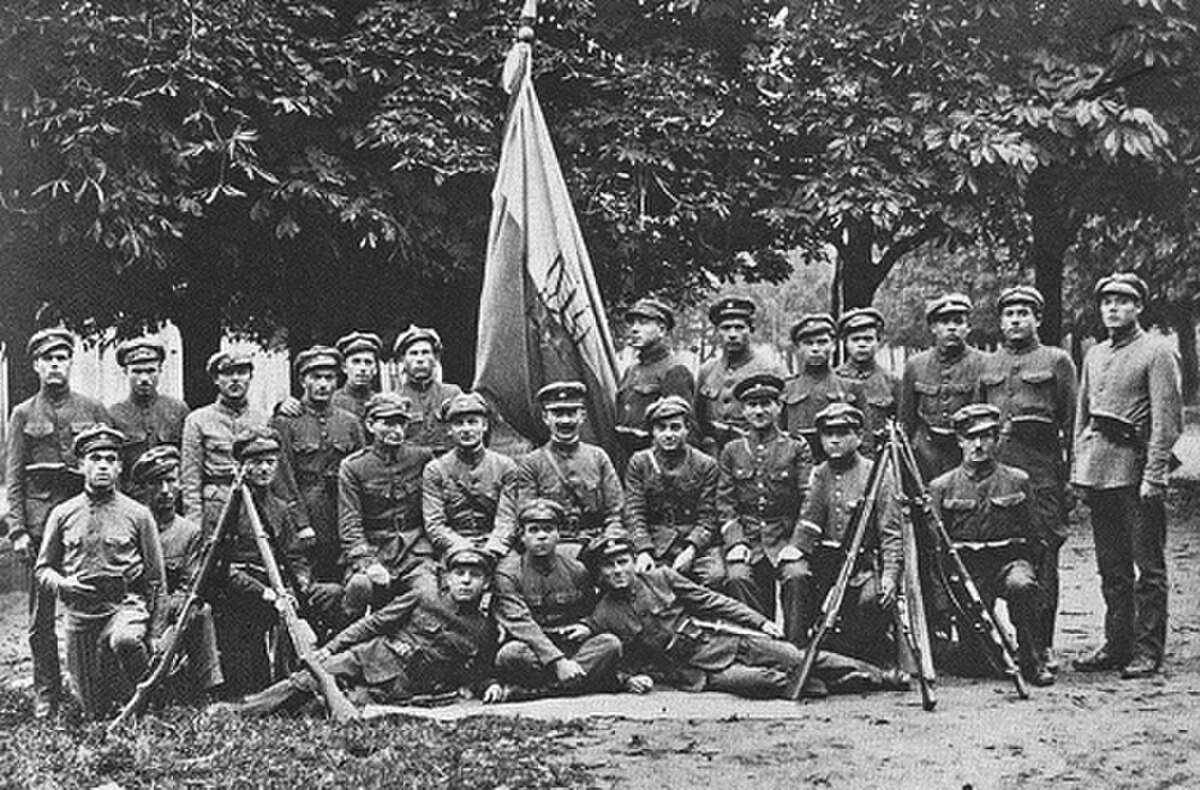
Ukraine after the Russian Revolution
UkraineUkraine, which included Crimea, the Kuban, and portions of Don Cossack lands with large Ukrainian populations (along with ethnic Russians, and Jews), tried to break free from Russia after the February 1917 revolution in St. Petersburg. Historian Paul Kubicek states:
Between 1917 and 1920, several entities that aspired to be independent Ukrainian states came into existence. This period, however, was extremely chaotic, characterized by revolution, international and civil war, and lack of strong central authority. Many factions competed for power in the area that is today’s Ukraine, and not all groups desired a separate Ukrainian state. Ultimately, Ukrainian independence was short-lived, as most Ukrainian lands were incorporated into the Soviet Union and the remainder, in western Ukraine, was divided among Poland, Czechoslovakia, and Romania.
Canadian scholar Orest Subtelny provides a context from the long span of European history:
In 1919 total chaos engulfed Ukraine. Indeed, in the modern history of Europe no country experienced such complete anarchy, bitter civil strife, and total collapse of authority as did Ukraine at this time. Six different armies - those of the Ukrainians, the Bolsheviks, the Whites, the French, the Poles and the anarchists – operated on its territory. Kyiv changed hands five times in less than a year. Cities and regions were cut off from each other by the numerous fronts. Communications with the outside world broke down almost completely. The starving cities emptied as people moved into the countryside in their search for food.
Various factions fought over Ukrainian territory after the collapse of the Russian Empire following the Russian Revolution of 1917 and after the First World War ended in 1918, resulting in the collapse of Austria-Hungary, which had ruled Ukrainian Galicia. The crumbling of the empires had a great effect on the Ukrainian nationalist movement, and in a short period of four years a number of Ukrainian governments sprang up. This period was characterized by optimism and by nation-building, as well as by chaos and civil war. Matters stabilized somewhat in 1921 with the territory of modern-day Ukraine divided between Soviet Ukraine (which would become a constituent republic of the Soviet Union in 1922) and Poland, and with small ethnic-Ukrainian regions belonging to Czechoslovakia and to Romania.
